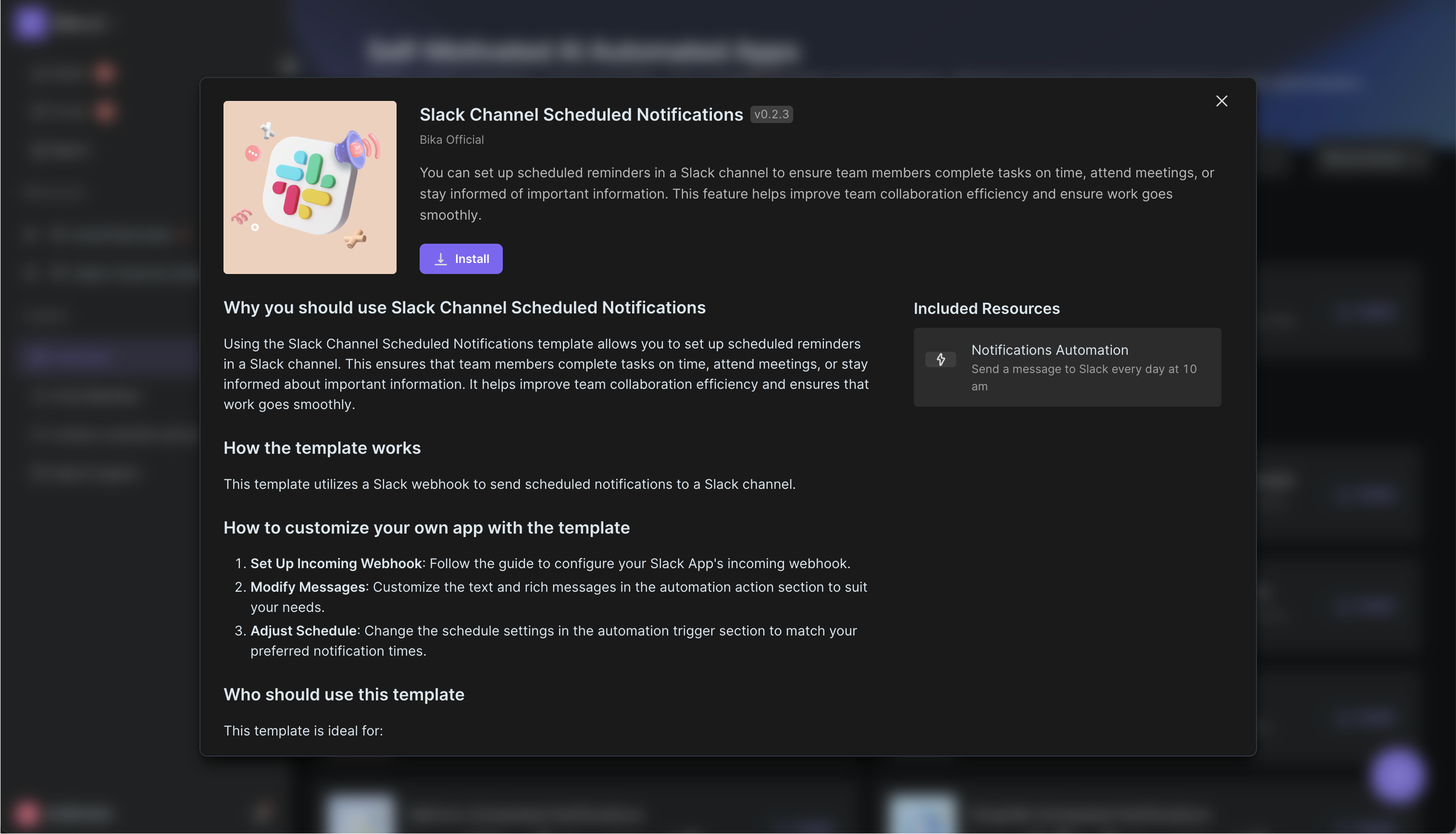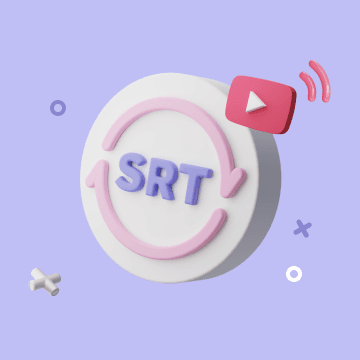
Top RSS Reader Picks for 2025: Your Guide to Smarter Content Curation & Advanced Automation
The Essential RSS Reader: Why You Need One in 2025
In 2025, the digital landscape is inundated with an overwhelming amount of information. From social media updates to news articles and blog posts, it's easy to feel buried under a mountain of content. This is where RSS (Really Simple Syndication) feeds and their corresponding readers come to the rescue.
An RSS feed is a web feed that allows users to access updates from various websites in a standardized, machine - readable format. An RSS reader, then, is the tool that aggregates these feeds, presenting all the new content in one convenient location.
The benefits of using an RSS reader are numerous. Firstly, it offers centralized updates. Instead of visiting multiple websites individually to check for new content, you can have all your favorite sources' updates in one place. This not only saves time but also provides a more organized way to consume information. Secondly, RSS readers are free from algorithmic bias. Unlike social media platforms that curate content based on complex algorithms, RSS readers present content exactly as it is published by the source, giving you an unfiltered view. Thirdly, privacy is enhanced. Since RSS readers don't rely on the same data - collection mechanisms as many other platforms, your information - consumption habits remain more private.
When looking for the best way to manage your information flow, finding the best RSS reader is crucial. A top - notch RSS reader will not only have a user - friendly interface but also offer advanced features to help you make the most of your RSS feeds.
:::: key-takeaways ::::
- RSS readers centralize updates from multiple websites, saving time and providing an organized information - consumption experience.
- They are free from algorithmic bias, presenting content as it is published.
- RSS readers enhance privacy by not relying on extensive data - collection methods. ::::
Our Picks for the Best RSS Reader Apps
In this section, we've curated a list of the top RSS reader applications available in 2025. These picks are based on their features, usability, and overall value for users.
Feedly
Feedly is a popular RSS reader known for its clean and intuitive interface. Its core philosophy is to simplify the process of content discovery and consumption. It's an excellent choice for a wide range of users, from casual news readers to professional content curators.
Unique Features and Pros:
- Customizable Layout: Feedly offers a variety of layout options, allowing you to customize how your feeds are presented. Whether you prefer a magazine - style layout or a more traditional list view, Feedly has you covered.
- Content Categorization: You can easily categorize your feeds into different folders, making it simple to organize and access specific types of content.
- Integration with Other Tools: It integrates well with popular productivity tools like Evernote and Pocket, enabling seamless information sharing and saving.
Cons or Limitations:
- Some advanced features are only available in the paid version, which might be a drawback for users on a tight budget.
NewsBlur
NewsBlur is a feature - rich RSS reader that focuses on providing a personalized reading experience. It's ideal for users who want more control over their content and enjoy a sense of community within the reading platform.
Unique Features and Pros:
- Smart Feeds: NewsBlur can analyze your reading habits and create "smart feeds" that curate content based on your interests.
- Community - Driven Content: You can follow other users, see what they're reading, and discover new sources through the community aspect of the platform.
- Offline Reading: It supports offline reading, allowing you to save articles for later when you're not connected to the internet.
Cons or Limitations:
- The interface might seem a bit complex for new users, especially those who are used to more straightforward designs.
Inoreader
Inoreader is a powerful RSS reader that caters to power users who require a high - level of customization and advanced features.
Unique Features and Pros:
- Advanced Filtering: Inoreader offers extensive filtering options, allowing you to filter articles based on various criteria such as keywords, author, and source.
- Social Media Integration: It can integrate with social media platforms like Twitter, enabling you to share articles directly from the reader.
- Multi - Platform Support: Works well across different platforms, including web, desktop, and mobile, ensuring a consistent experience.
Cons or Limitations:
- The learning curve for some of its advanced features can be steep for novice users.

Choosing Your Best RSS Reader: Factors to Consider
Selecting the ideal RSS reader for your specific needs requires careful consideration of several factors.
Cost: Many RSS readers offer a free version with basic functionality, while some premium features may come at a cost. If you're on a budget, a free RSS reader like the basic versions of Feedly or Inoreader might be sufficient. However, if you need advanced features such as in - depth analytics or enhanced integration, you may need to opt for a paid plan.
Platform Availability: Consider where you'll be using the RSS reader. If you're constantly on - the - go, a mobile - friendly RSS reader is essential. Feedly, NewsBlur, and Inoreader all offer good mobile apps. For those who prefer a desktop - based experience, ensure the reader has a well - designed web interface or a dedicated desktop application.
Integration with Other Tools: If you rely on other productivity tools like note - taking apps (e.g., Evernote), task managers (e.g., Todoist), or social media platforms, choose an RSS reader that can integrate with them. This allows for seamless information flow and better content utilization.
Advanced Features: Think about what advanced features you need. If you deal with a large number of feeds, article filtering and search capabilities are crucial. Read - later integration can also be handy for saving articles to read at a more convenient time.
User Interface Preference: The user interface is a personal choice. Some users prefer a clean, minimalist design like Feedly, while others might like the more feature - packed interface of Inoreader. Take the time to test out different readers to see which one feels most comfortable to use.
In the end, finding the best RSS reader for you is about aligning your needs with the features and capabilities of the reader.
Elevating RSS: Information Consolidation and Content Utilization with Automation
So far, we've focused on choosing the right RSS reader to consume information effectively. However, the real power of RSS can be unleashed when we move beyond passive reading and start actively leveraging the content through automation.
While RSS readers are great for aggregating and presenting content, automation takes this a step further. Automated information consolidation means that instead of just reading an article, you can send it directly to your note - taking app for future reference, add it to your CRM if it's relevant to your business, or even import it into a database for analysis. Proactive content utilization involves triggering actions based on keywords in the feeds. For example, if an article contains a specific keyword related to your project, you can set up an automation to summarize the article, or distribute it to your team channels. This transforms passive reading into actionable intelligence.
Bika.ai is a powerful platform that enables you to integrate your RSS reader feeds with your broader digital workflow. It provides the tools and infrastructure to create complex automations that can revolutionize how you use the information from your RSS feeds.

Automating Your Workflow: The Bika.ai Instructional Design Management Template for ``
The Instructional Design Management template on Bika.ai is a prime example of how RSS - driven automation can enhance productivity. This template is designed for instructional designers, training project managers, HR professionals, and anyone involved in managing training programs.
Why Use the Instructional Design Management Template This template offers a structured approach to effectively manage training programs. By using it, teams can streamline the training development process, enhancing efficiency. It also promotes collaboration across multiple training initiatives, ensuring that everyone is on the same page. Additionally, it allows for the collection of valuable feedback from stakeholders, which can be used to refine learning experiences.
How the Template Works The template includes a framework for organizing and tracking training programs within your workspace. You can log all training assets in the Training Assets Table, plan and track the status of each training module, record and manage training requests in the Requests Table, and use a form to automatically gather feedback and requests, adding them to the Requests Table.
Steps to Use
- Install the Template: Begin by installing the
Instructional Design ManagementTemplate in your workspace. - Access the Training Assets Table: Navigate to the Training Assets Table to view existing training materials and easily add new ones using the plus button at the bottom.
- Track Training Modules: Use the Training Modules section to monitor the status of each module, giving you a clear overview of development progress.
- Record Requests: Log incoming requests in the Requests Table and use the collection form to automatically populate it with request data.
- Customize as Needed: Feel free to modify the template to fit your team's workflow, adding, editing, or removing tables, fields, records, or views.
Main Features of This Template
- Centralized Training Management: All training materials are organized in one place, making access and tracking easy.
- Enhanced Collaboration: Shared visibility on progress and needs improves teamwork across training programs.
- Streamlined Feedback Collection: The collection form automatically adds feedback to the Requests Table, reducing manual entry.
- Clear Tracking of Development: Monitoring the status of training modules ensures timely updates.
For ``, this means automating the process of gathering relevant training - related information from RSS feeds. For example, if there are RSS feeds from industry blogs, the template can be set up to automatically import relevant articles into the Training Assets Table, providing up - to - date content for training programs. This enhances the value derived from any RSS reader by making the content actionable.

Try the Instructional Design Management Template
Conclusion: Unlock Your Full Information Potential
In conclusion, RSS readers are invaluable tools in 2025 for managing the flood of digital information. By choosing the best RSS reader for your needs, you can efficiently consume content from your favorite sources without the clutter of algorithmic curation.
However, the true power lies in taking the next step and integrating automation into your information - consumption process. Bika.ai, with its Instructional Design Management template, offers a practical way to move beyond passive reading and into active information consolidation and content utilization.
Remember, the best RSS reader is not just about reading; it's about how you can leverage that information to enhance your personal and professional life. We encourage you to explore Bika.ai and its various templates to automate workflows that support your information management goals.
FAQ
Q: How do I decide if a free or paid RSS reader is right for me? A: If you only need basic features like feed aggregation and simple reading, a free RSS reader should suffice. But if you require advanced features such as in - depth analytics, enhanced integration with other tools, or more storage, a paid RSS reader might be a better choice. Consider your budget and how you plan to use the RSS reader to make this decision.
Q: Can I use the Bika.ai Instructional Design Management template if I'm not an instructional designer?
A: While the template is designed with instructional designers and training - related roles in mind, it can be adapted for other purposes. For example, content creators or project managers in related fields might find its structured approach to information management and collaboration useful. You can customize the template to fit your specific needs.
Q: What are some common challenges when using RSS readers? A: One common challenge is dealing with a large number of feeds, which can become overwhelming. This is where features like filtering and categorization in RSS readers come in handy. Another challenge might be the learning curve for some advanced features in certain RSS readers. However, most readers offer tutorials or help sections to assist users in getting up to speed.

Recommend Reading
- Elevate Your Presentations: The Best Presentation Software Alternatives to PowerPoint in 2025
- Outlook vs Gmail: Which Email Platform Reigns Supreme for Your Automated Workflow?
- Beyond ChatGPT: Choosing the Right AI Tool for YouTube Publishing Process Automation - Bika.ai Compared
- Grow Faster, Work Less: Top Marketing Automation Tools for Startups
- Beyond Basic Tracking: How Automation Transforms Habit Building for Professionals
Recommend AI Automation Templates

Coming soon





Coming soon


